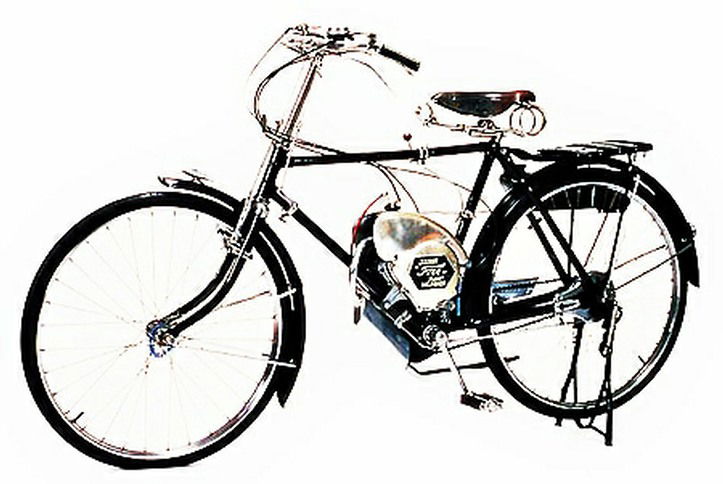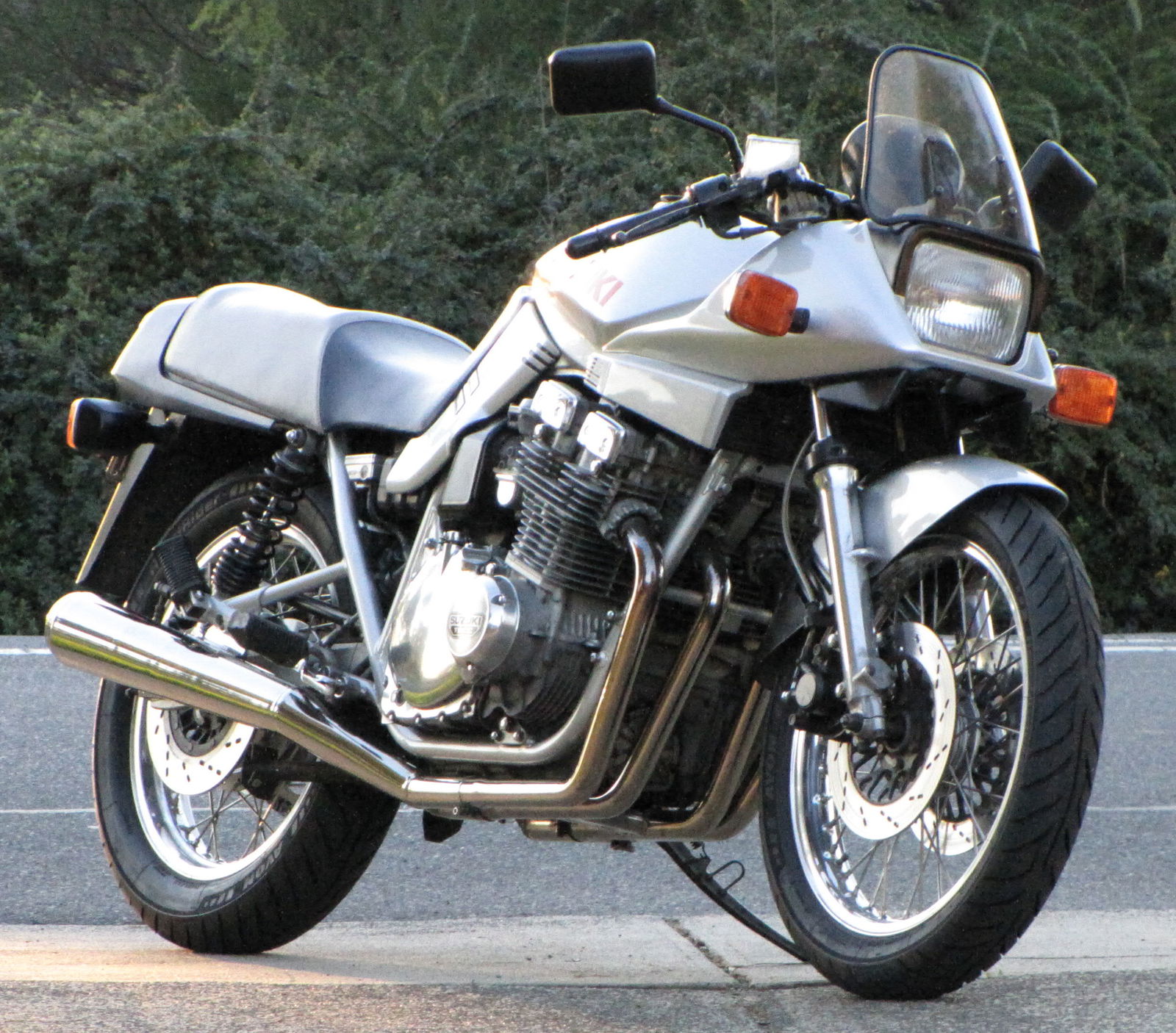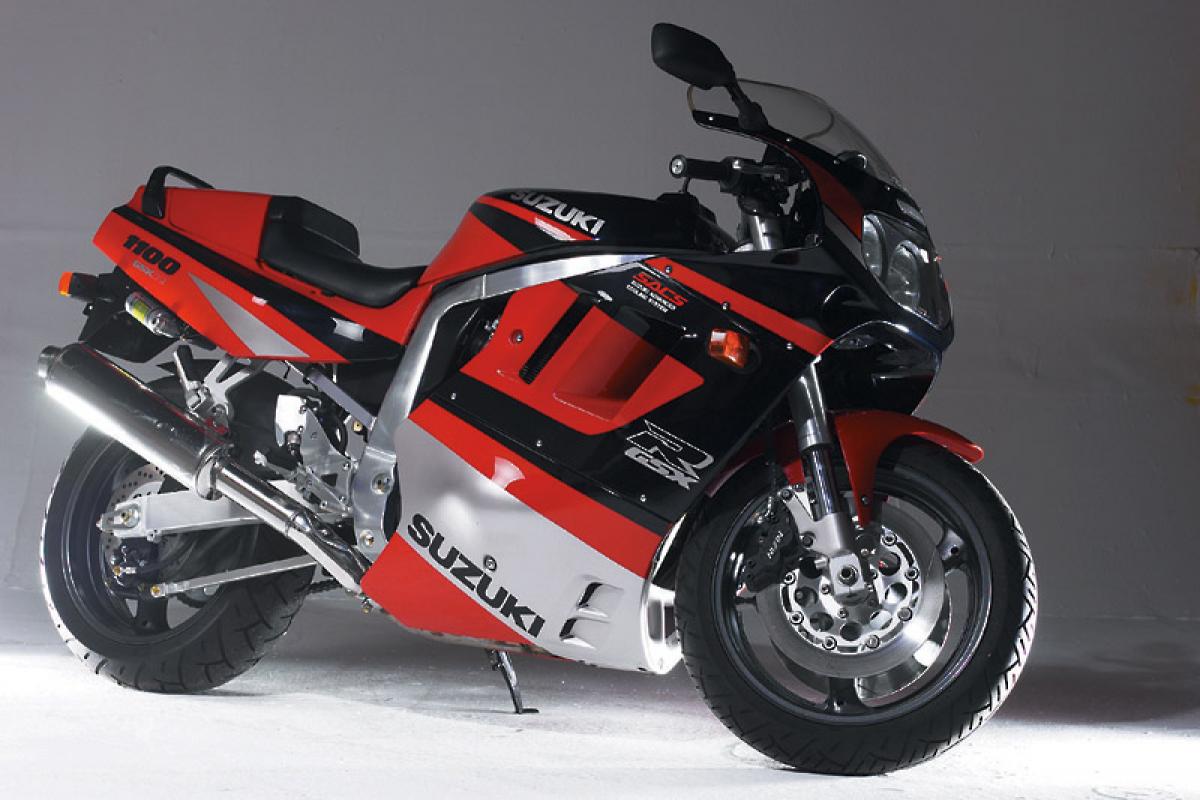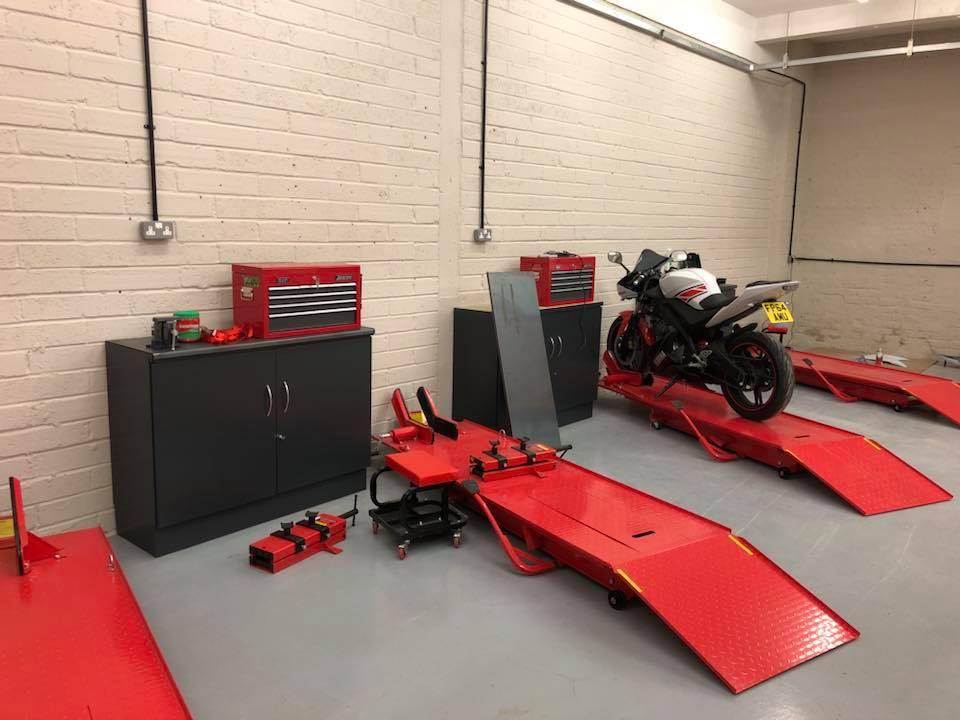The Top 10 very BEST Suzuki motorcycles of all time
With Suzuki celebrating its 100th anniversary this year, Visordown takes a look back at the top ten most iconic Suzukis of all time

2020 sees Suzuki Motor Corporation celebrating its 100th anniversary. In a lifetime that has seen it produce motorcycles, cars, marine engines and weaving looms, the company is still seen today as one of the major players in the global motorcycle market.
While Suzuki’s current range of bikes might not be classed as world-leading or ground-breaking, it’s difficult to deny that in years gone by, the Hamamatsu factory has released some absolute legends onto the road and tracks of the world.
To commemorate Suzuki reaching this milestone, here are the top ten most important Suzukis of all time.

10. Suzuki Power Free
The first true Suzuki motorcycle (i.e. one that didn’t use another brand of engine) was the 36cc, two-stroke Power Free.
Like a true first motorcycle, it was built around a fairly conventional-looking bicycle frame, with the tiddly engine suspended within the frame. Revolutionary it wasn’t but it did help the company get a foothold in the domestic motorcycle market, with 6,000 bikes a month being produced by 1954.
It’s crazy to think that without this bike we would have had no GSX-R, Hayabusa or Katana!

9. Suzuki TL1000R
Built to take the V-twin fight to Ducati and Honda on the WSBK stage and AMA stage. Sadly, timing wasn’t on Suzuki’s side, and after only winning a single race in WSBK the plug was pulled on the TL programme and the factory switched its efforts over to the GSX-R750.
Both the TL1000R and its semi-faired sibling, the TL1000S gained somewhat of a cult following among fans. Mostly it was down to the styling and thunderous V-twin engine but also because it gained a bit of a reputation as an animal to ride.
.jpg?width=1600)
8. Suzuki GSX1300R Hayabusa
Built at a time when the big factories were in an outright fight for world domination, the Hayabusa's battleground was the top-speed war that raged in the mid to late 90s. With over 170bhp and capable of speeds in excess of 180mph, the 'Busa became the king of the autobahn and a favourite with those looking for cheap speed on the road and drag-strip.

7. Suzuki GSX-S1100S Katana
Not the re-boot, but the original built back in the early 80s. Prior to this bike, motorcycle design was pretty stoic, and the general look of a machine had remained relatively unchanged since the 1940s. And then the Suzuki Katana arrived and there was a collective thud as the motorcycle industry’s jaw hit the floor.
Styling the bike fell to Hans Muth, ex-BMW head of design, and the company Target Design and the bike’s futuristic features didn’t stop with the styling. It had a rudimentary form of anti-dive on the front forks, pre-load adjustment on the rear shocks and 110bhp which made it not only look like a spaceship – it went like one too.

6. Suzuki GSX-R750 F-H (AKA-Slabside)
Introduced in 1984, the GSX-R was one of the first genuine four-stroke, four-cylinder race reps that Joe (or Joanne) Bloggs could go out and own.
At the launch, it wowed the world with its advanced technology and light weight, it quickly became a favourite with the new breed of bikers who were ditching the mods and rockers scene in favour of more adrenalin-fuelled thrills.

5. Suzuki RGV250
If you wanted to ride a two-stroke, 250cc race replica, you either went Honda NSR250, Aprilia RS250 or Suzuki RGV250.
For many, the RGV was the 250 GP replica of choice, mainly thanks to its wild colour schemes and reputation as the bad-boy of the two-stroke pack. It was embarrassingly fast on track, and in the right hands would walk all over the litre sportsbikes of the day. Sadly for the two-strokes, the boom of imported 400cc sportsbikes – which were more reliable and easier to ride and maintain – pretty much killed off the craze. And the blue haze machines became cheaper and less desirable as a result.
Today that rarity, and the ever-present human desire to look to the past – means these same machines are now changing hands for eye-watering sums of money, with VJ23s in good nick going for over £10k.

4. Suzuki RG500 Gamma
Sticking to the two-stroke theme we have the daddy of the early GP race-reps, the RG500. The RG500 a close cousin to the Suzuki 500cc GP machines that won the 1981 and 1982 world titles, it was light, fast and uncompromising and used things like disc valves, flatslide carbs, and a twin crank to make 95bhp.
With its race-bred DNA came race bike engine dynamics, with very little in the way of power or torque below 5,000rpm. Once in the sweet-spot though, the RG500 would deliver acceleration that few bikes of the time could match.

3. Suzuki GSX-R1100
In a bid to take the fight to Honda’s all-conquering FireBlade, Suzuki tried to use a sledgehammer to crack Honda’s proverbial acorn. In an attempt to bolt on more power, the big Gixxer gained water cooling as opposed to oil/air-cooling and the bike ballooned to over 250kg in ready to ride form.
You could be forgiven for thinking that all this negativity would make the 1100 WP a sales flop, but while sales weren’t stellar, the bike’s bad-to-the-bone attitude made it a favourite with those who had a penchant for wheelies and making off from the local constabulary at high speed.

2. Suzuki GSX-R600 SRAD
With its twin headlights nestling behind a Perspex cover, the GSX-R600 SRAD is, in my opinion, the best looking supersports 600s of the 1990s. With extremely sweet handling, a good but not amazing engine and adequate brakes, the 600 SRAD became a hit with dealers and racers alike.

1. Suzuki GSX-R1000 K5
With the dimensions of a 600cc supersports bike and the power and torque of a 1000, the GSX-R1000 K5 is widely regarded as the daddy of the GSX-R range. It was fast without being frightening, quick handling but not knife-edge and best of all was accessible to riders of all levels.
The K5 didn’t just excel on the roads and the sales charts, it was a hit on the track too, with many racing on in elite competitions and championships long after the model had been superseded.
The K5 was that good that BMW are reported to have used them when developing the first version of their S1000RR sportsbike, by using test mules that were based on the K5’s geometry and riding position.


